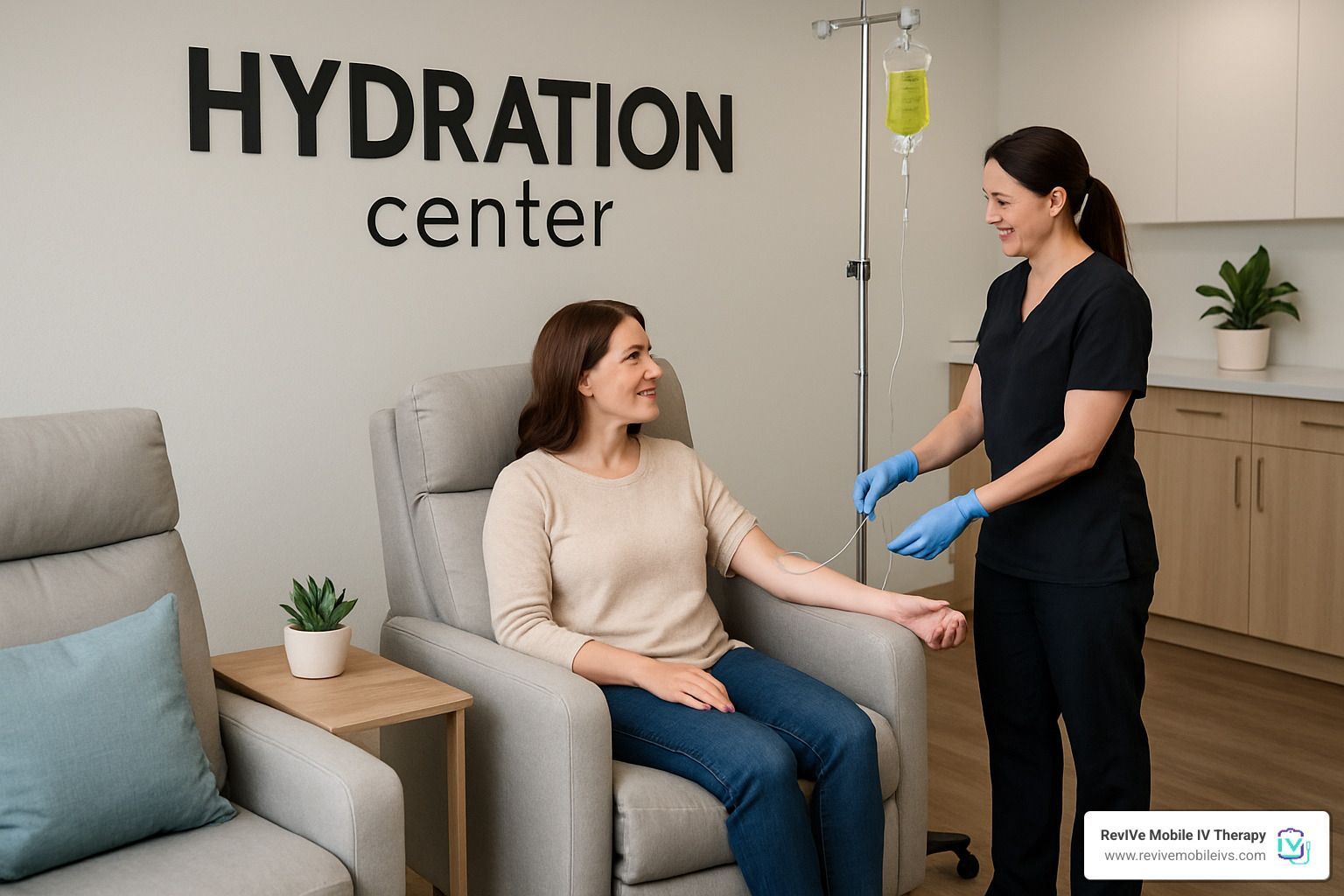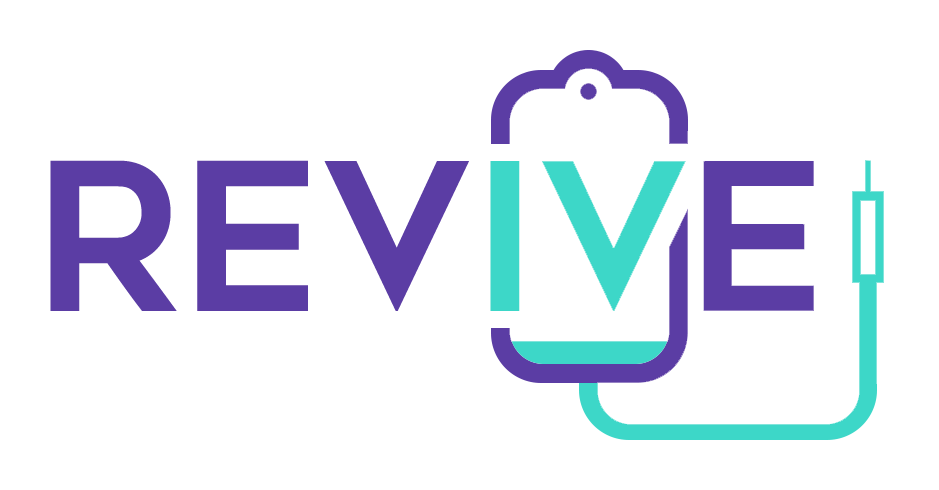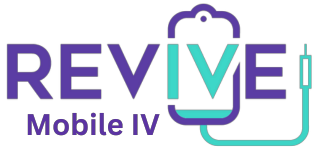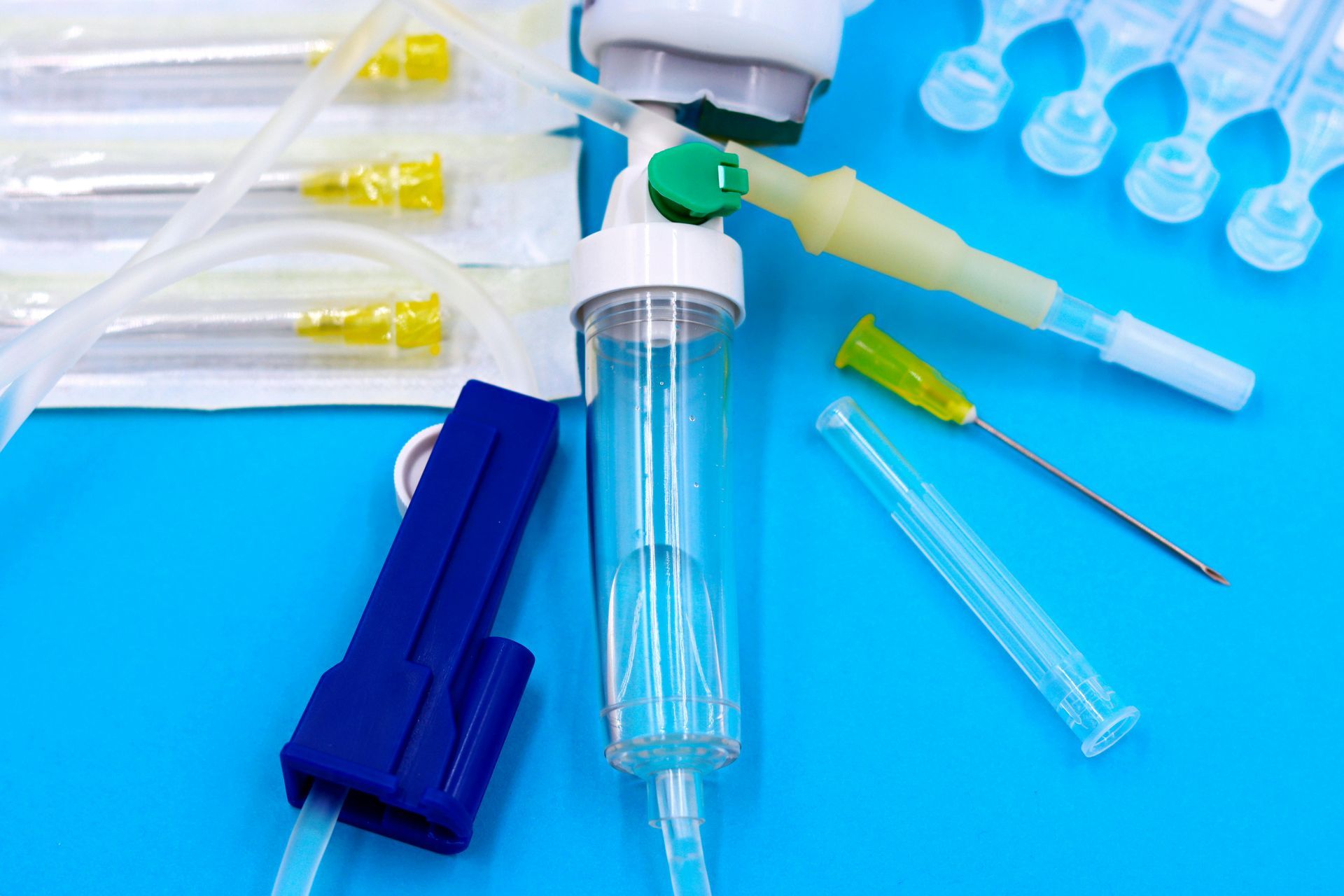IV Infusion vs IV Bolus: Which Hydration Method Is Right for You?
When delivering fluids, nutrients, or medications directly into the bloodstream, either IV infusion, IV bolus, or IV push is used. All three methods are effective, but they work in different ways.
IV infusion delivers fluids slowly and steadily over time. This controlled drip allows the body to absorb hydration and electrolytes gradually, making it ideal for wellness treatments, recovery, and long-term support.
IV bolus, on the other hand, involves administering a single, large dose of fluid or medication rapidly. This approach provides almost immediate effects, making it a preferred choice in emergencies or cases of severe dehydration.
IV push is different from both infusion and bolus. Instead of larger fluid volumes, IV push involves injecting a small, concentrated amount of medication directly into the vein over a few seconds to minutes. Because of the strength and speed of delivery, IV push is typically used for specific medications in clinical settings and must always be administered by a trained healthcare professional.
In this article, we will highlight the differences between IV infusion and bolus and under what circumstances they should be used.
Key Differences Between IV Infusion and IV Bolus
Although both methods deliver fluids directly into the bloodstream, the way they work is very different. The table below highlights the main differences between IV infusion and IV bolus.
| Aspect | IV Infusion | IV Bolus |
|---|---|---|
| Delivery Speed | Slow and steady, from minutes to hours | Rapid, within minutes |
| Response | Gradual | Fast, almost immediately |
| Volume control | Precisely regulated drip | A large dose delivered at once |
| Duration of effect | Sustained hydration and nutrient support | Quick, short-term relief |
| Best for | Wellness therapy, recovery, and ongoing support | Emergencies, acute dehydration, and shock |
| Risk Level | Lower risk of fluid overload | Higher risk if not medically monitored |
Understanding these differences will help you determine which method suits you best.
Which Hydration Method Do You Need?
Deciding between IV infusion therapy and IV bolus depends on several factors, including how quickly you need hydration, your overall health, and the purpose of treatment.
When IV infusion is the better choice:
- If your goal is steady hydration over time, IV infusion provides gradual fluid absorption that reduces stress on the body.
- It’s ideal for wellness support such as vitamin therapy, immune boosts, or recovery after travel and exercise.
- Infusion also works well for individuals managing chronic conditions or those who benefit from controlled, precise dosing.
When IV bolus is the better choice:
- If you are severely dehydrated, in shock, or experiencing a sudden drop in blood pressure, an IV bolus is designed for rapid results.
- It’s commonly used in emergency or hospital settings where immediate fluid or medication delivery can be lifesaving. Although not as fast as an IV push, an IV bolus comes in handy in such cases.
- Because it delivers a large amount of fluid at once, bolus therapy should always be medically supervised to prevent complications like fluid overload.
For most people seeking hydration or recovery outside of emergency settings, IV infusion is the safer and more practical option. However, in urgent cases, a bolus may be necessary.
This is why professional guidance is key. A licensed medical provider will evaluate your symptoms, health history, and treatment goals and recommend the safest and most effective method for your situation.
Precautions and Limitations of IV Infusion and IV Bolus
While both IV infusion and IV bolus are effective methods of delivering fluids, there are important safety considerations:
- Medical supervision: Like IV push, both methods require professional oversight to ensure the correct fluid type, volume, and delivery speed. Improper administration can lead to complications.
- Risk of fluid overload: IV bolus carries a higher risk if too much fluid is delivered too quickly, especially for people with heart or kidney conditions.
- Potential for side effects: Infusion may cause mild discomfort at the IV site, while bolus can sometimes cause dizziness, fluctuations in blood pressure, or electrolyte imbalance if not monitored.
- Not a replacement for emergency care: While IV infusion is excellent for wellness and recovery, it should not be relied on in place of hospital treatment during medical emergencies.
- Individual health conditions matter: Patients with underlying issues like heart failure, kidney disease, or uncontrolled hypertension need careful evaluation before either method is used.
Choosing Safe and Professional IV Therapy

Both IV infusion and IV bolus treatments require medical expertise to be performed safely. The correct dosage, fluid type, and delivery speed depend on your individual health needs, and mistakes can lead to complications such as fluid overload, blood pressure changes, or worsening dehydration. That’s why professional assessment is essential before starting either method.
At Revive Mobile IVs, your safety and comfort come first. Our licensed providers:
- Evaluate your health status before treatment to determine whether an infusion or bolus is best for you.
- Customize your hydration plan with the right mix of fluids, electrolytes, and nutrients for your specific goals, be it for dehydration, allergies, or an immunity boost.
- Ensure safe administration by monitoring dosage and flow, reducing risks linked to improper IV therapy.
- Bring care to your doorstep, offering the convenience of professional hydration therapy without the need for a clinic or hospital visit.
At Revive Mobile IVs, our trained professionals specialize in personalized IV hydration delivered right to your doorstep. Whether you’re looking for ongoing wellness support or fast recovery, our team ensures safe, effective therapy tailored to your needs.
- You can contact us today and speak to our licensed professionals, or call us and make your IV therapy appointment.










